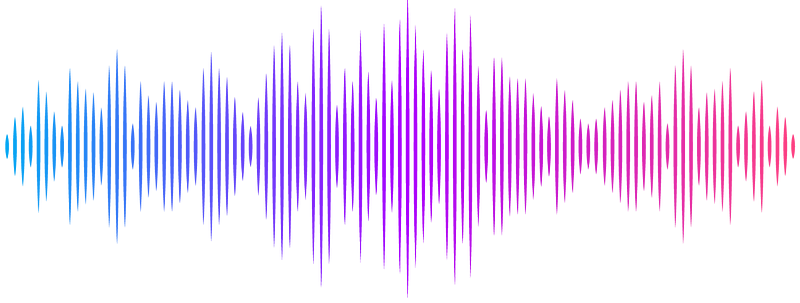Brain-derived and in vitro-seeded alpha-synuclein fibrils exhibit distinct biophysical profiles

Brain-derived and in vitro-seeded alpha-synuclein fibrils exhibit distinct biophysical profiles
Lee, S. S.; Civitelli, L.; Parkkinen, L.
AbstractThe alpha-synuclein (aSyn) seeding amplification assay (SAA) that allows the generation of disease-specific in vitro seeded fibrils (SAA fibrils) is used as a research tool to study the connection between the structure of aSyn fibrils, cellular seeding/spreading, and the clinico-pathological manifestations of different synucleinopathies. However, structural differences between human brain-derived and SAA aSyn fibrils have been recently highlighted. Here, we characterize biophysical properties of the human brain-derived aSyn fibrils from the brains of patients with Parkinson\'s disease with and without dementia (PD, PDD), dementia with Lewy bodies (DLB), multiple system atrophy (MSA) and compare them to the model SAA fibrils. We report that the brain-derived aSyn fibrils show distinct biochemical profiles, which were not replicated in the corresponding SAA fibrils. Furthermore, the brain-derived aSyn fibrils from all synucleinopathies displayed a mixture of straight and twisted microscopic structures. However, the PD, PDD, and DLB SAA fibrils had a straight structure, whereas MSA SAA fibrils showed a twisted structure. Finally, the brain-derived aSyn fibrils from all four synucleinopathies were phosphorylated (S129). However, the phosphorylation pattern was not maintained in the SAA fibrils, where only PDD and DLB SAA fibrils showed weak signs of phosphorylation. Our findings demonstrate the limitation of the SAA fibrils modelling the brain-derived aSyn fibrils and pay attention to the necessity of deepening the understanding of the SAA fibrillation methodology.